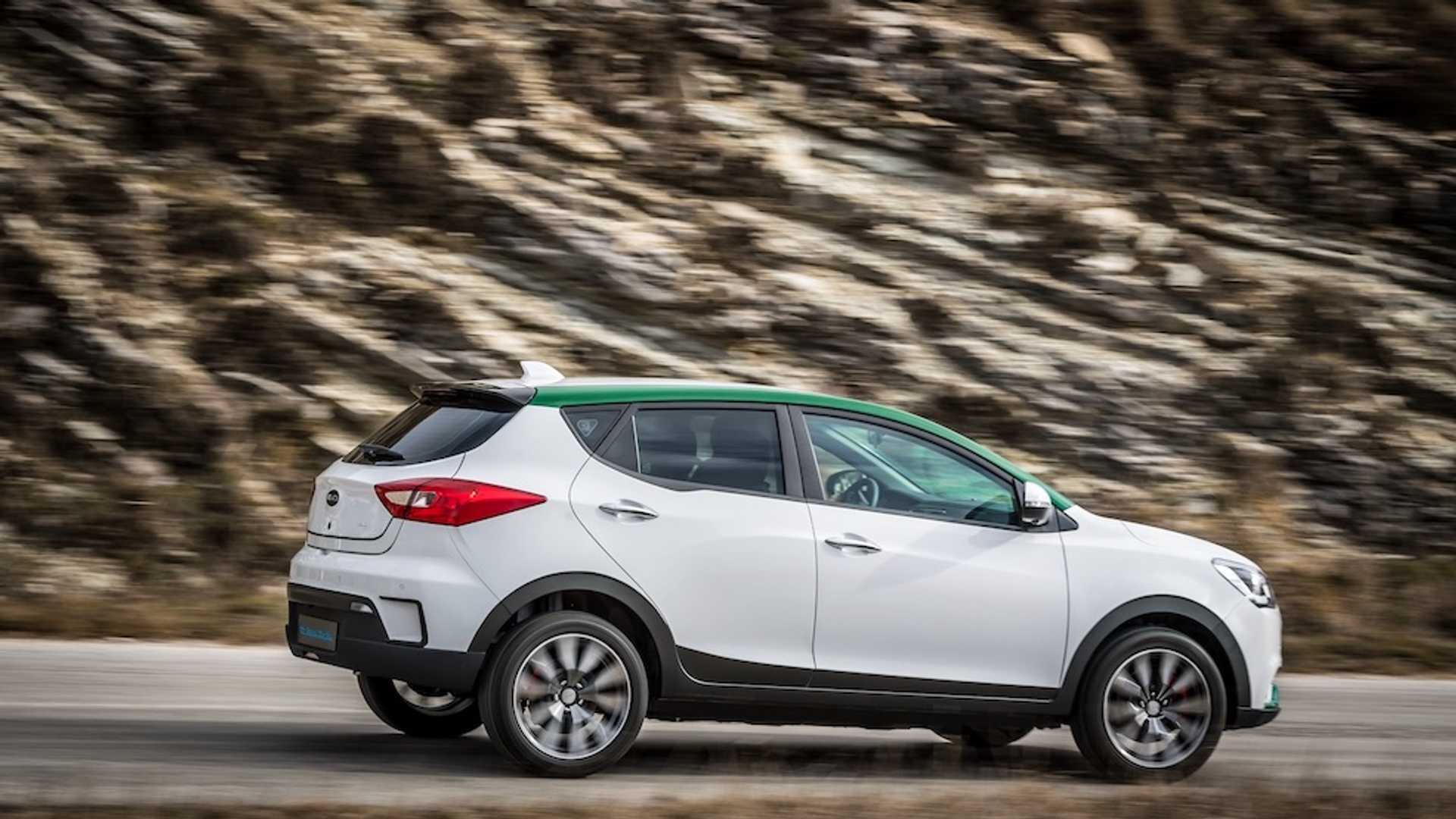Read The Full Article On: Ttnews
North America is experiencing an increase in zero-emission commercial vehicle offerings as fleets and shippers look to reduce pollution and comply with increasingly strict regional regulations, according to research from Calstart, a clean transportation accelerator.
Fleets in the U.S. and Canada will have 169 zero-emission commercial vehicle models available by the end of this year, a 78% increase from the 95 models on the market last year. That will jump to 195 models by 2023. It is a global trend, with China and Europe seeing similar gains, the Pasadena, Calif.-based nonprofit said during a June 2 teleconference.
The new vehicle offerings are coming from incumbent brands, such as Freightliner and Volvo, as well as startups such as Nikola and Rivian. Mass market automakers also are jumping into the business with Tesla launching a Class 8 tractor and Ford and General Motors electrifying their pickup truck lines. The Calstart report, however, focused only on medium- and heavy-duty vehicles.
Medium-duty trucks typically used for urban delivery are the fastest growing segment of the green commercial vehicle market. Amazon, for example, has ordered 100,000 Rivian delivery trucks that it plans to put into service next year. FedEx plans to purchase 1,000 electric delivery vans from manufacturer Chanje. Furniture retailer IKEA plans to shift all home and last-mile deliveries to electric vehicles by 2025, starting with major markets such as New York and Los Angeles this year.
The medium-duty truck market includes box and straight trucks used for various applications. It is supported by upfit manufacturers that offer battery-electric conversion kits for a variety of body types and vehicle chassis, said Ben Mandel, who leads Calstart’s Zero Emission Technology Inventory team.
“That’s what drives that significant growth,” he said.
To track the new vehicle offerings, Calstart created an online tracker, called the Zero Emissions Technology Inventory tool, which allows users to sort vehicles by weight class, payload, driving range, passenger capacity and energy storage capacity. The display shows whether a vehicle is already available or has been announced for the future. For now, it covers what’s available in the U.S. and Canada, but Mandel said it will be expanded to provide global tracking.
Electric transit bus models, often built by the major truck manufacturers, also are expanding rapidly.
Zero-emission technologies used in transit buses and urban delivery trucks can be transferred to larger trucks, and these systems can serve as a foundation for development of heavier long-distance trucks, Calstart officials said. Technology improvements, especially in battery cost and vehicle range, are matching capabilities with the needs of commercial fleets, Mandel said. Longer ranges, including what Calstart considers “extreme ranges” of 600 miles or more, are expected in the next two to three years.
How can trucking companies adjust to ensure that essential freight keeps moving while protecting their workers from coronavirus? Host Seth Clevenger speaks with Lilli Chiu of Hub International and Dave Cox of Polaris Transportation. Hear a snippet, above, and get the full program by going to RoadSigns.TTNews.com. RoadSigns · Roadsigns E33 Preview
“The technology exists today to meet our goals,” said Steven Moelk, IKEA’s U.S. project implementation manager for zero-emission delivery. But he noted that figuring out lease and rental options for its roster of independent contractors remains a hurdle.
“There needs to be a little bit more financial innovation,” he said.
Indeed, fleets must examine whether there is an economic case for electric vehicles, said Aaron Gillmore, vice president of BYD Motors’ U.S. electric truck division.
“You are always trying to balance range, payload and costs. Fleets operate on an optimal level. It comes down to the economics,” Gillmore said.
That’s why diesel vehicles will continue to dominate trucking for the foreseeable future, said Andrej Divis, director of commercial vehicle data and forecasts at IHS Markit.
“Conventional diesel vehicles will see a lot of improvement this decade as it meets new regulations, but we will also see a lot of adoption of electrics,” said Divis, who was not part of the Calstart report.
He agreed that electric vehicle adoption will move fastest in industries such as local deliveries and distribution as well as port operations.
“There are a lot of activities where electric trucks have businesses cases,” Divis said. “This an exciting time for the industry.”

